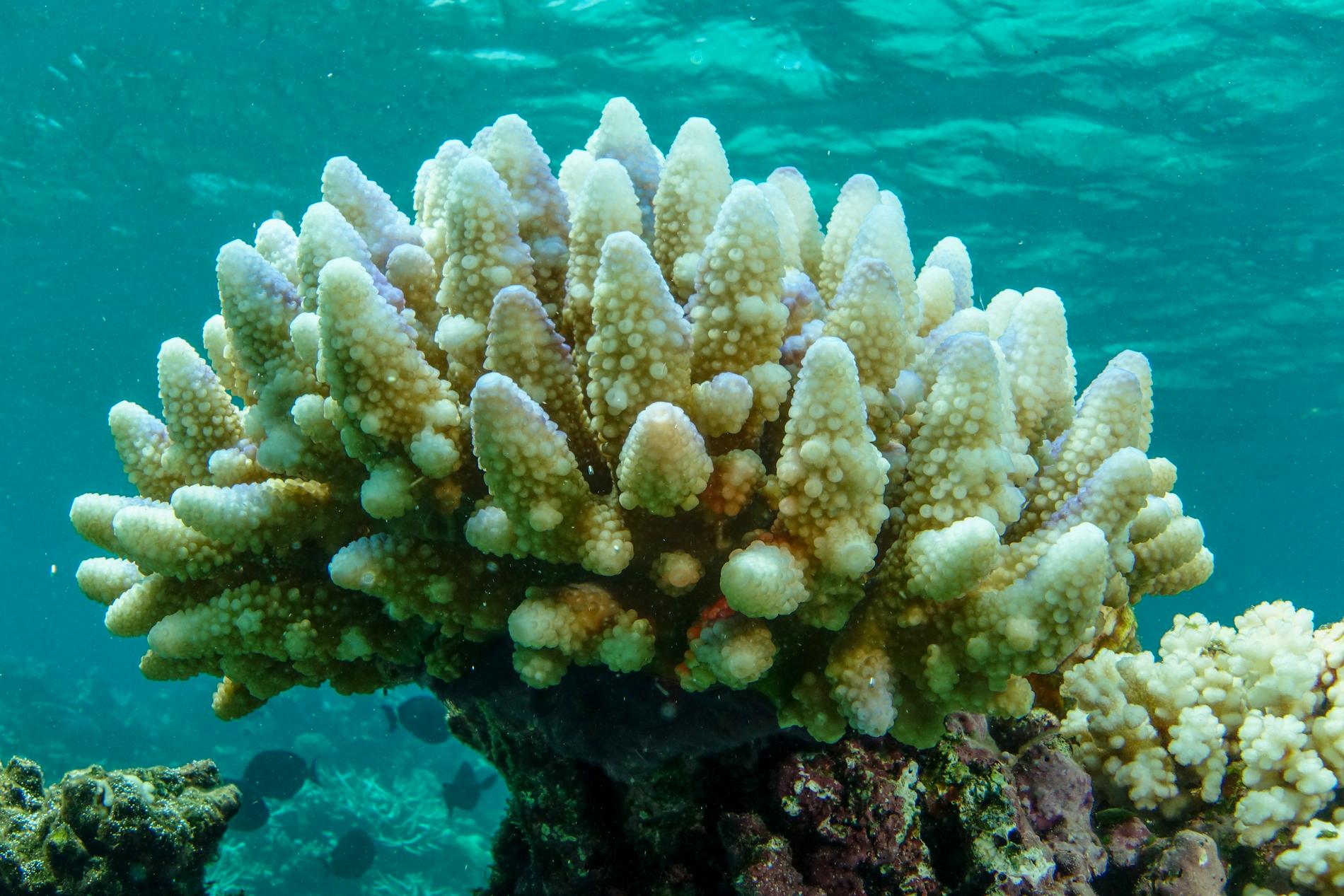About 90 percent of the Great Barrier Reef appears to have been damaged by warm ocean water. – Climate change is increasing, Australian coral reef experts warn.
The world’s largest coral reef was hit again by so-called mass bleaching a few months ago. The reason is the new submarine heat wave.
Coral reef surveys have recently been published by the Great Barrier Reef Marine Parks Authority, which is responsible for caring for coral reefs.
719 single coral reef throughout the whole The huge Great Barrier Reef has been inspected. Of these, 91 percent were affected by coral bleaching.
– Climate change is increasing, and coral reefs are already feeling the effects, he said in a report from the coral reef authority.
Hit more and more often
When corals fade and lose their color, it is a sign that they were damaged and exposed to heavy loads. In the worst case, coral animals can die.
The Great Barrier Reef’s first mass bleaching occurred in 1998, and the phenomenon has now occurred six times. The main reason is global warming, which makes seawater warmer.
During the mass bleaching of 2016, 2017 and 2020, about two-thirds of the coral was damaged, according to the AP news agency. Now it looks like the proportion is around 90 percent.
Nevertheless, there were signs that the mortality this time would be low. Despite the extensive bleaching, there is hope that most of the coral will recover, according to the Great Barrier Reef Marine Parks Authority.
Gloomy prospects
Developments over time remain very worrying. Several years ago, researchers estimated that nearly 30 percent of the coral in the shallow waters of the Great Barrier Reef had died from the high temperatures.
As temperatures rise, more and more coral reefs across much of the world are expected to be destroyed. Researchers fear that almost everyone Tropical corals in shallow water can die within decades.
This will have major consequences for many species, as most of the species in the world’s oceans live on or near coral reefs.
The Great Barrier Reef is made up of several thousand small reefs and stretches for more than 2,300 kilometers along the east coast of Australia. It is considered largest living structure in the world visible from space and is a UNESCO World Heritage Site.

“Hardcore zombie fan. Incurable internet advocate. Subtly charming problem solver. Freelance twitter ninja.”






